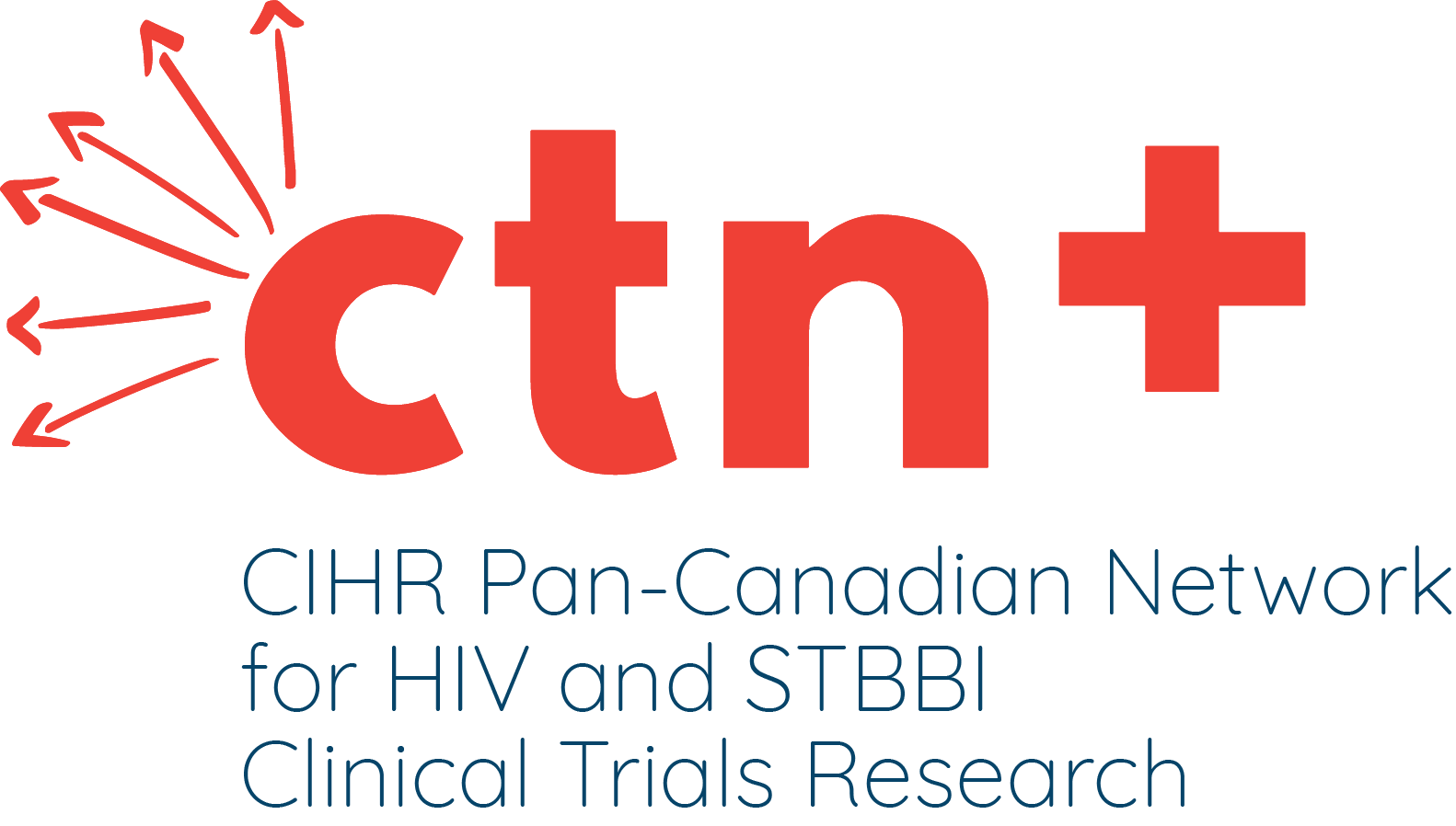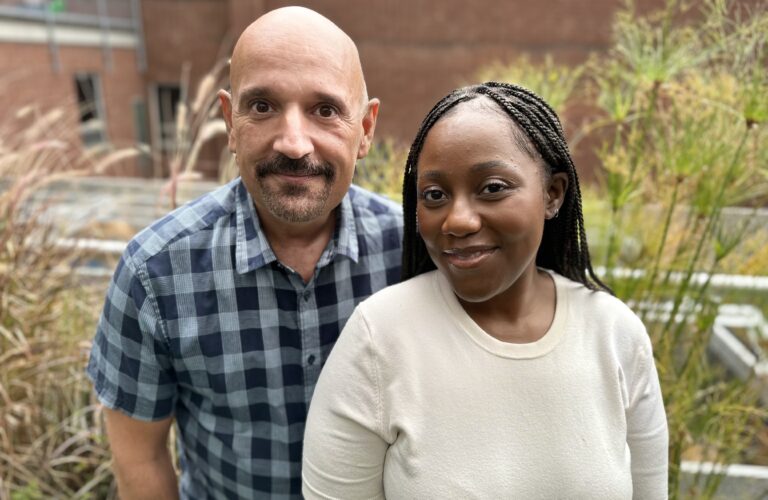In Canada, HIV disproportionately affects Black communities. Despite comprising 3.5% of the national population, Black Canadians accounted for one of every four new HIV infections in 2017. “These statistics indicate that something is awry,” says Dr. Winston Husbands, PI on the CTN-supported study Black Pastors Raising Awareness and Insight of Stigma through Engagement (Black PRAISE; CTN 297) and lead author of two recent articles examining the results of this intervention. “Our response to HIV is not helping Black people when we look at the rates above,” he continues. “We’re asking for a different kind of approach.”
Through Black PRAISE, Dr. Husbands and his team have pioneered a novel intervention aimed at reducing HIV-related stigma while strengthening the HIV knowledge base among Black church congregations in Ontario.
Dr. Husbands and his team partnered with six Black churches in Toronto, Mississauga, and Ottawa to develop and disseminate HIV educational materials among the congregations via video, pamphlet, and sermon. The research team conducted surveys with 173 congregants to assess HIV-related knowledge and stigma at baseline, immediately following the intervention, and after three months. The team also recruited one pastor and two congregants from each church for in-depth interviews. These interviews assessed how participants experienced the intervention, with the aim of incorporating their perspectives into future iterations.
Community Engaged Research
This study approach builds off of Dr. Husbands’ commitment to community engaged research. “Researchers aught to listen, they aught to be attentive to what people are saying,” he says. “As a researcher, you can’t talk about improving people’s wellbeing without including the community.”
This grassroots approach aims to develop critical awareness among congregants about how HIV affects Black communities. In particular, the intervention aimed to strengthen congregants’ knowledge of the virus and reduce stigma surrounding HIV and those who are affected. Through initial interviews, the research team learned of congregants’ fundamental desire for open conversations on HIV, even though the intervention challenged many people’s initial ideas and attitudes.
Faith, Stigma and Black PRAISE
For Dr. Husbands, Black PRAISE is the culmination of decades of work engaging the Black community in HIV awareness. This work began in 2006 while conducting research on HIV-related stigma in the Toronto Black community. Participants at this time highlighted the central role of churches and religious organizations in Black communities, and suggested engaging faith-based organizations in community responses to HIV. “There has been tension between religion and the response to HIV,” says Dr. Husbands. “But because of this there is also an opportunity to raise awareness.”
The Black PRAISE research team first partnered with leaders in each church, usually a pastor, to build off of existing programming. They found that many pastors were already quite knowledgeable of HIV and often knew someone living with the virus. Together, they developed a scripturally grounded sermon focused on justice, empathy and understanding, while highlighting the religious precedent for compassion towards those living with HIV. The team also developed and distributed a booklet containing up-to-date information on HIV transmission, testing, and prevention, as well as social determinants of health, social justice, and current data illustrating the disproportionate burden of HIV among Black Canadian communities. The program materials also included a short film of testimonials from members of the community about their experiences with stigma.
Layered Stigma
Yet, Dr. Husbands acknowledges that addressing stigma within the Black community is complex. He and the research team found that moral positions varied enormously within the congregations, and individuals’ existing knowledge of HIV fluctuated depending on their own lived experience. In general, Black people living with HIV also experience layered stigma. On top of stigma they may experience as a person living with HIV, they must also contend with anti-black racism, both structural and interpersonal. “These structural issues reach beyond self-identification, they influence how social determinants of health role out amongst communities,” explains Dr. Husbands. “If you step back a little you come up against the idea of anti-Black racism. Our life chances are constrained by these things, including resources and opportunities we have access to.”
Dr. Husbands highlights how community-based interventions like Black PRAISE must work in tandem with structural changes to bring about a society-wide shift. While educational campaigns are important for raising awareness of HIV and reducing stigma, larger changes including provincial and national policies must be implemented to achieve true equity and social justice.
Beyond the Church
Nevertheless, churches are an important place to start. “Congregations have a way of mobilizing resources and making things happen even in the broader Black community. They may have a better understanding of where people stand and how to engage the community,” he says.
Dr. Husbands hopes that Black PRAISE will have ripple effects among Black communities in southern Ontario and beyond, with the ultimate goal of becoming a self-sustaining program that spreads organically into other Black churches across Canada.
Overall, participants expressed satisfaction with the education materials, and demonstrated higher HIV-related knowledge and lower levels of stigma towards those living with HIV. Participants also demonstrated a critical understanding of social determinants of health and the role of the entire community in stopping the spread of the virus. Ultimately, Black PRAISE helped to initiate conversations on equity, justice, and holistic wellbeing in the face of the HIV epidemic. Dr. Husbands will carry these lessons into future versions of the intervention, as well as his related research on Black men, masculinity, and HIV.
Dr. Husband’s newest publications can be accessed at the following links:






